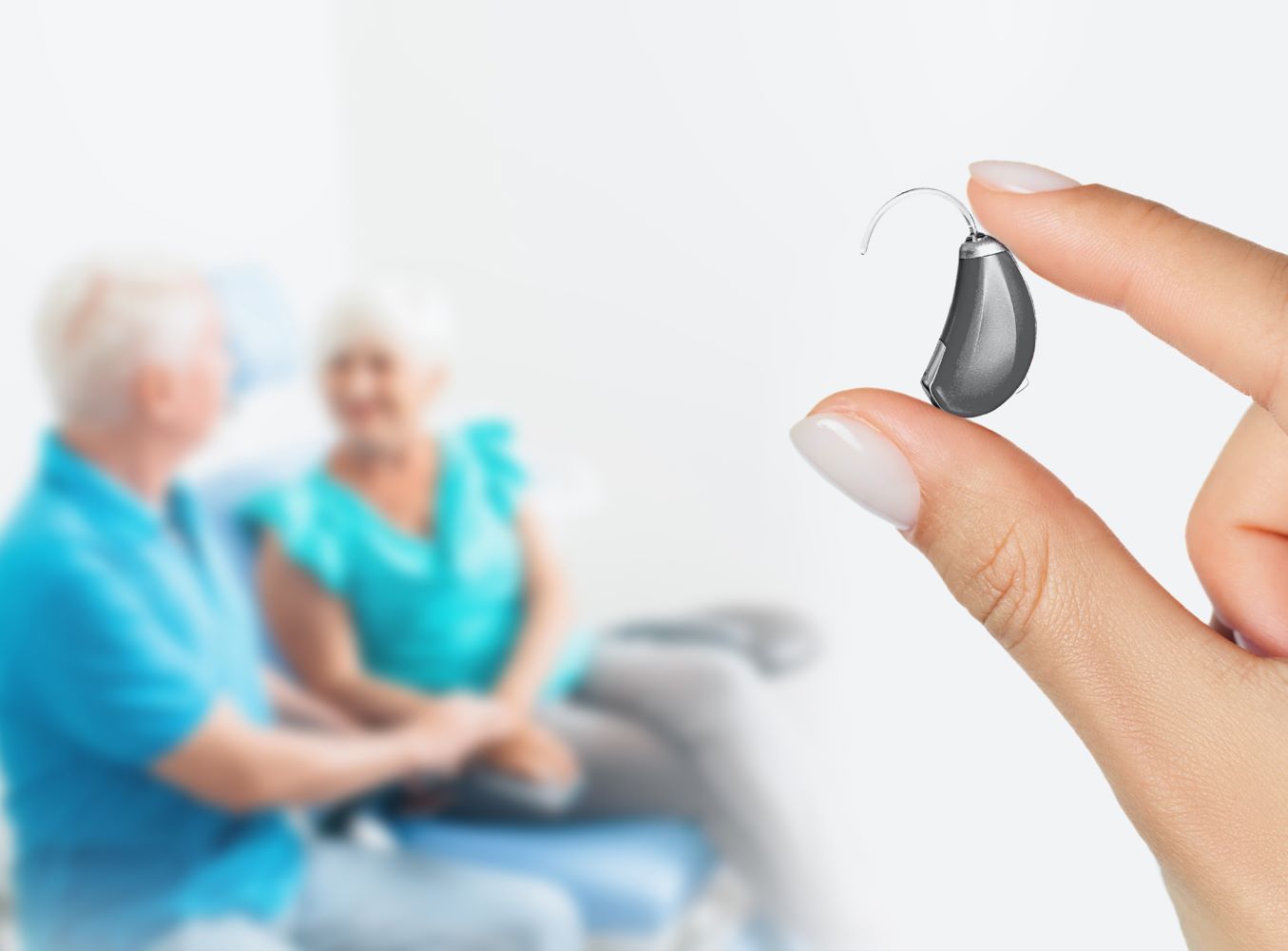
Based on your particular hearing needs, your hearing aid fitting specialist will help you select the best hearing aids, and program them using the prescription created from your evaluation. During this process, the hearing aid fitting specialist will show you how to use the device, how to place them in your ears correctly, and how to clean the device and charge or change the device’s batteries. Plan for this appointment to take at least an hour. Bringing a support person is advised, because they can also hear all of the information you will be given and provide you with help if needed during your hearing aid fitting process. Do not hesitate to ask for all instructions to be written down to reference in the future.
Knowing About Your Hearing Aids
You may have mixed emotions about the new sounds you are hearing the first time you use your hearing aids. This is perfectly normal and expected. The hearing aid should make the sounds you hear on a daily basis audible, and they should be pleasant to your ears and clearer than before using the aid. If something does not feel right, your specialist can make small adjustments at that first fitting. They should conduct testing to ensure the hearing aid is providing enough sound where needed. Again, never hesitate to ask questions or bring up concerns.
How Do Hearing Aids Work?
Hearing aids are made up of a small battery, microphones, speakers and an amplifier. The microphones collect the sounds from the outside environment, and the amplifier converts the incoming sound to digital code. It will adjust the sound based on your particular hearing needs. The signals that it produces are then re-converted back to soundwaves and sent through the speakers.
The Hearing Aid Fitting Process
You may be provided with a set of questions or a short survey during the hearing aid fitting process. Make sure to honestly answer these so that your specialist can most accurately work to create the best experience for you with your new hearing device. The fitting you receive at your first appointment is only a starting point. You may need customized changes over multiple appointments. Your specialist understands this, and is there to work with you all along the way.
Adjusting To Hearing Aids
Like anything new, getting adjusted to life with a hearing aid takes a little time. One key, studies have found, to having a successful hearing aid experience, is attitude. If all those involved approach the fitting experience with an outlook that is positive, the adjustment will likely go much more smoothly. The hearing aid process is not a once and done thing, but a process of transition that takes patience and understanding of your new device. Keep working closely with your hearing aid fitting specialist, and remember that it will take time to get adjusted to all of the new sounds you are now hearing.
Types of Hearing Aids
There are many options available when choosing the best hearing aid for your needs. Here at Evolution Hearing, we will work with you to decide the best option for you. Our professionals are very knowledgeable on our available hearing devices.
Completely in the canal – this type of hearing aid is the smallest available. It has very small batteries that have a shorter battery life than others. It often does not include features like a directional microphone or volume control. It can help improve mild to moderate loss of hearing.
In the canal – this type of aid fits partially in the air canal and is custom molded. It’s visibility is less than with larger styles, but it includes parts that will not fit completely in the air canal. It can help improve mild to moderate loss of hearing.
In the ear – this style may be easier to control because it is slightly bigger and has features that other smaller styles do not. Because it has a larger battery, the battery will last longer and may be rechargeable. It is possible that this device could pick up more wind noises than devices that are smaller.
Behind the ear – This type of hearing device hooks over the top part of your ear and rests behind it. A custom piece, called an ear mold, fits inside your ear and is connected to your hearing aid by a tube. It is capable of greater amplification, and is fitted with directional microphones. Wind noises may be picked up more easily with this device. This type works for people with most types of hearing loss.
Receiver in the ear or receiver in canal – Similar to the behind the ear style, this speaker, or receiver, as it is sometimes called, rests in the ear canal. Instead of a tube, a tiny wire connects the speaker to the part that fits behind the ear. With this type, the part that fits behind the ear is usually less visible. It has controls that are manual and directional microphones.
Open fit – This type of aid is a kind of variation on the behind the ear style of hearing aid. It has a tube that connects to the receiver/speaker and an open dome. This type of hearing aid allows the ear canal to be very open. This provides for low frequency sounds to come into the ear more naturally, and high frequency sounds to be better amplified by the hearing aid. It can be a little more difficult to insert into your ear because of the dome, but it does not plug your ears like other styles, so it often makes your own voice sound clearer.




